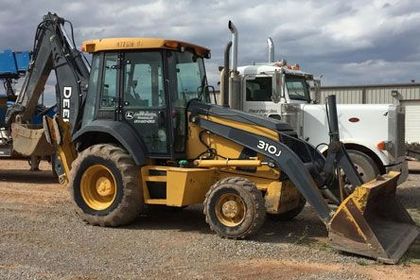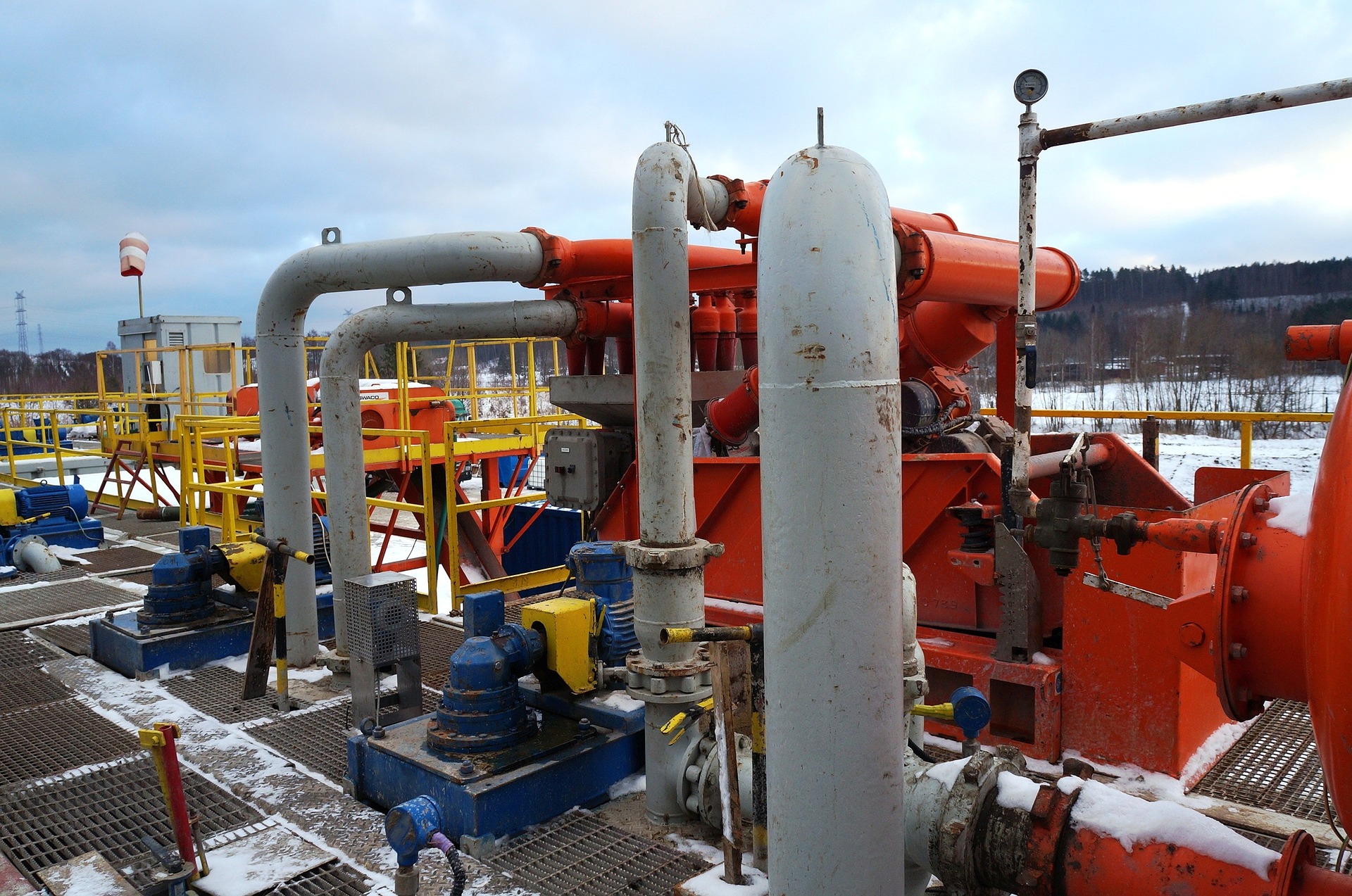A Comprehensive Guide to the Numerous Sorts Of Oil Field Equipment and Pipeline Equipment Available
The oil and gas sector relies greatly on specialized devices for reliable extraction and transport. Different types of machinery, from drilling rigs to tank, play crucial functions in this complicated procedure. Each tool offers unique functions that add to total operational success. Recognizing these components is necessary for any individual associated with the sector. As the market evolves, so also do the innovations that sustain it. What improvements are on the horizon?

Drilling Rigs: The Foundation of Oil Expedition
Drilling rigs offer as the essential machinery in the domain of oil expedition, making it possible for business to access hydrocarbon books buried deep under the Earth's surface. These rigs can be found in various types, consisting of land rigs, offshore rigs, and mobile devices, each created to operate in details atmospheres. Equipped with sophisticated technology, drilling rigs can permeate geological developments with precision, guaranteeing reliable source extraction. The structural stability and functional capacities of these rigs are critical, as they need to hold up against extreme conditions and significant pressures. The option of an exploration gear impacts the general task price and timeline, making it an essential factor to consider for oil companies seeking to enhance their expedition initiatives and maximize productivity in their operations.
Pumps: Necessary for Liquid Movement
In the oil extraction process, the duty of pumps is significant, helping with the activity of fluids throughout various stages of manufacturing. Pumps are necessary for delivering unrefined oil, water, and other liquids from underground storage tanks to the surface and then via pipes to refineries. They can be found in various types, including centrifugal, favorable variation, and completely submersible pumps, each offering details objectives based upon the liquid features and functional needs. Centrifugal pumps are generally made use of for their performance in high-flow applications, while favorable displacement pumps master taking care of thick fluids. The selection of pump impacts general performance, operational security, and maintenance prices. Correct selection and maintenance of pumps are important for optimizing manufacturing and minimizing downtime in oil field operations.
Valves: Controlling Flow and Pressure

Shutoffs play a crucial duty in managing the flow and stress of liquids within oil areas and pipelines. Different kinds of shutoffs offer distinctive applications, each designed to fulfill particular features essential for reliable operation - Superior Oilfield Rentals oilfield. Understanding the attributes and usages of these valves is necessary for maximizing system performance and security
Sorts of Valves
Essential elements in oil area procedures, shutoffs play a vital role in controlling the flow and stress of liquids within pipes and equipment. Different kinds of shutoffs are made use of to meet the diverse needs of oil and gas manufacturing. Common types consist of gateway shutoffs, which give a straight-line circulation and very little pressure drop; world shutoffs, understood for their strangling abilities; and sphere shutoffs, recognized for their fast on/off control. Additionally, check shutoffs prevent backflow, while butterfly shutoffs use a lightweight service for controling flow. Each valve kind is created with details products and setups to withstand the harsh problems usually located in oil areas, ensuring integrity and effectiveness in operations. Understanding these types is critical for reliable system administration.
Valve Applications and Features
While various types of valves serve distinctive functions, their primary applications focus on controlling flow and stress within oil and gas systems. Valves such as gateway, globe, and sphere valves manage fluid activity, guaranteeing peak efficiency and safety. Gateway valves are frequently utilized for on/off control, offering marginal flow resistance. Globe shutoffs, on the other hand, offer specific flow guideline, making them ideal for throttling applications. Sphere shutoffs are preferred for their quick operation and tight securing capacities. Furthermore, stress safety valve are essential for avoiding system overpressure, securing tools integrity. In general, the proper option and application of valves enhance operational effectiveness, making certain the dependable transport of oil and gas with pipelines and processing centers.
Compressors: Enhancing Gas Transport
Compressors play a crucial duty in the reliable transport of natural gas, guaranteeing that it moves smoothly with pipelines over cross countries. These devices raise the pressure of all-natural gas, enabling it to get over rubbing and altitude changes within the pipeline system. In addition, compressors facilitate the harmonizing of supply and need, fitting changes in consumption and manufacturing rates. Different kinds of compressors are used in the sector, including centrifugal, reciprocating, and rotary screw compressors, each offering distinct advantages based on the operational needs. Routine maintenance of these compressors is necessary to take full advantage of effectiveness and lessen downtime, eventually adding to a reputable gas transportation network. Their critical feature underscores the importance of compressors in the overall oil and gas framework.
Storage Tanks: Safe and Effective Liquid Management
Effective transportation of natural gas depends on numerous support group, one of which is Superior Oilfield Rentals oilfield the correct administration of storage containers. These storage tanks play a vital role in safely containing liquids, ensuring that functional efficiency is kept while lessening environmental threats. Constructed from sturdy products, they are created to endure high pressures and destructive components. Properly sized and strategically situated, tank facilitate the smooth flow of natural gas and various other liquids, stopping bottlenecks in supply chains. Routine upkeep and monitoring are important to identify leaks or architectural issues, promoting safety and security and compliance with regulatory requirements. Inevitably, the effective administration of tank is essential for the overall honesty and reliability of the oil and gas sector's liquid handling systems.
Pipeline Systems: Facilities for Transport
Pipeline systems act as the foundation of the oil and gas industry, assisting in the reliable transportation of hydrocarbons over huge distances. These systems include different elements, consisting of pipes, valves, pumps, and compressors, all diligently designed to assure smooth flow. The materials utilized in pipeline building, usually steel or high-density polyethylene, are picked for toughness and resistance to deterioration. Pipeline networks can span across land and water, linking production sites to refineries and distribution facilities. In addition, progressed technology allows real-time tracking of flow rates and pressure levels, boosting operational efficiency. The tactical placement of these pipes decreases ecological influence while taking full advantage of resource ease of access, thus playing a vital duty in meeting energy demands worldwide.
Safety Equipment: Guaranteeing Employee and Environmental Protection
The operation of pipeline systems, while necessary for power transport, additionally presents significant safety difficulties for workers and the atmosphere. Security devices plays a substantial role in mitigating these dangers. Individual safety devices (PPE) such as safety helmets, handwear covers, and non-slip shoes safeguards workers from physical dangers. In addition, gas discovery systems keep track of for leakages, making certain that dangerous substances do not pose a hazard to workers or the bordering community. Emergency situation shutdown systems are important for swiftly stopping operations throughout a dilemma, protecting against prospective calamities. Spill containment materials, consisting of absorbents and obstacles, are essential for lessening ecological effect. On the whole, purchasing all-encompassing safety tools is critical for keeping operational integrity and safeguarding both employees and the atmosphere in the oil and gas sector.

Frequently Asked Concerns
How Do I Pick the Right Oil Field Equipment for My Job?
Picking the right oil area devices entails assessing project specifications, spending plan restraints, and operational requirements. Consider variables such as devices dependability, compatibility with existing systems, and the supplier's track record to ensure peak efficiency and security.
What Are the Maintenance Needs for Oil Field Equipment?
Upkeep requirements for oil area equipment include routine assessments, lubrication, and prompt fixings. Operators should also adhere to producer guidelines, display performance metrics, and guarantee conformity with safety regulations to enhance long life and performance.

Just How Can I Ensure Compliance With Environmental Regulations?
To guarantee compliance with environmental guidelines, firms must conduct regular audits, implement best techniques, purchase training, keep correct documents, and remain updated on regulations (Superior Rentals midland). Collaboration with environmental companies can likewise enhance adherence to laws
What Is the Average Life Expectancy of Pipeline Equipment?
The ordinary life expectancy of pipeline devices generally ranges from 20 to 50 years, depending upon factors such as worldly quality, ecological problems, and maintenance practices. Routine inspections can greatly affect durability and operational performance.
Exactly how Do I Securely Deliver Oil Field Equipment to Remote Locations?
Carrying oil field tools to remote places calls for cautious planning, including route evaluation, securing authorizations, utilizing suitable automobiles, and making sure safety and security methods are adhered to. Proper training and communication among crews are important for successful transportation.